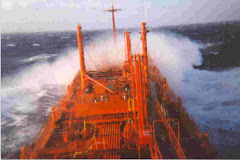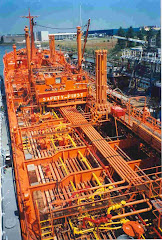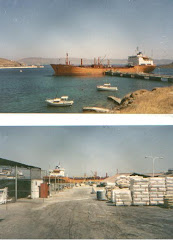The current plight of Hanjin is representative for the Liner industry: substantial operating losses, need for recapitalization and over indebted balance sheet. The container industry panacea of ever larger units to reduce unit costs and defend eroding earnings margins is not working out as hoped. This has created more overcapacity with cascading. Now there is talk of the Panamax sizes going for scrap.
World trade growth is slowing. It is not clear that the old model of large ships for headhaul lines is going to meet the requirements of the future with trade rebalancing in China, robotics and the sharing economy of the future.
The cold truth is that there are already more liner companies than the market can support. A large number of liner companies are making losses. Some like NOL have been put on the block for sale and are being consolidated into other companies like CMA-CGM, others like HMM and Hanjin are staving off bankruptcy with financial restructuring.
Vessel provider companies like Seaspan and Danaos have built their fleets by every larger vessels that they let on term time charter to financially weak liner companies that want the larger units to defend themselves from the ordering and competition of the stronger liner companies but unable to carry the vessels themselves on their balance sheets.
I have repeatedly signaled out this risky business policy of the vessel provider companies on my blog. I have stressed that it was not a sound and sustainable business strategy. The vessel provider companies would face inevitable challenges in the future as the financial situation of the liner companies deteriorates, leading to bankruptcy and restructuring that would inevitably entail charter renegotiation. I pointed out the heavy exposure of Danaos to HMM and Hanjin as major charterers. I stressed the aggressiveness of Seaspan to service financially weak Asian liner companies with ever larger units. Cosco for example recently announces losses of over US$ 1 billion in their liner business, one of their customers.
I have always felt that Gerry Wang's assertions about having a leasing company business model were overstated and disingenuous to investors. Seaspan lets its tonnage on time charter with operating risks. With Hanjin in financial crisis, Wang took the hard line on charter negotiations for investor ears, but Seaspan is in a weak position with its exposure in large containerships. It cannot easily withdraw and redeploy its vessels because the market for these units is not large. Inevitably as its liner company customers begin to face financial difficulties, Seaspan has no choice but to accept cuts in charter rates to keep them going with their creditors as long as possible.
Since the original writing of this piece, Hanjin's restructuring negotiations have not worked out and they are going into receivership. Seaspan is hoping for a merger between HMM and Hanjin and that perhaps with some sort of state support, they might be able to avoid cuts in charter rates. We will see over time how Seaspans fares. This is a test for their exposure to other weak Far East charterers and possible state intervention to keep them afloat.
Since the original writing of this piece, Hanjin's restructuring negotiations have not worked out and they are going into receivership. Seaspan is hoping for a merger between HMM and Hanjin and that perhaps with some sort of state support, they might be able to avoid cuts in charter rates. We will see over time how Seaspans fares. This is a test for their exposure to other weak Far East charterers and possible state intervention to keep them afloat.
I restate again these points because I have often met dead ears in NY investment banking circles, still enamored with the containership industry. Over time, the bankers and financial industry are going to have to face the reality:
- The containership industry is just as challenged as dry cargo with overcapacity.
- The growth days from the global megacycle and China boom are over and gone.
- Liner companies will inevitably be forced to consolidate for survival. It is not clear that very large containerships will be needed to extent anticipated.
- Vessel provider companies are going to face a long period of thin margins as their liner company employment base shrinks in the consolidation process.
- Inevitably there is renegotiation risk on their charters that they will not be able to avoid with their liner company customers.








